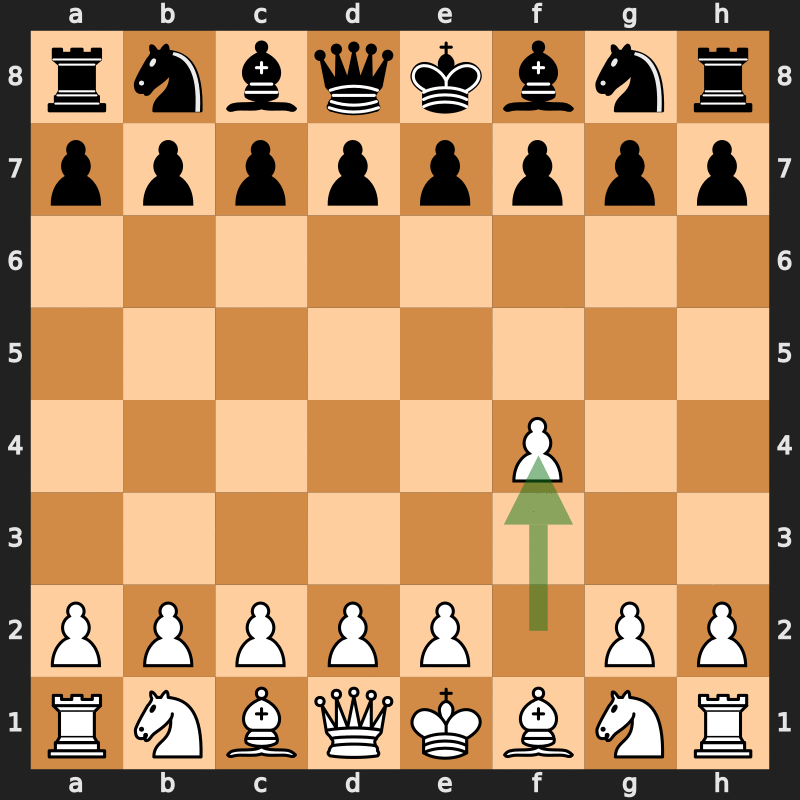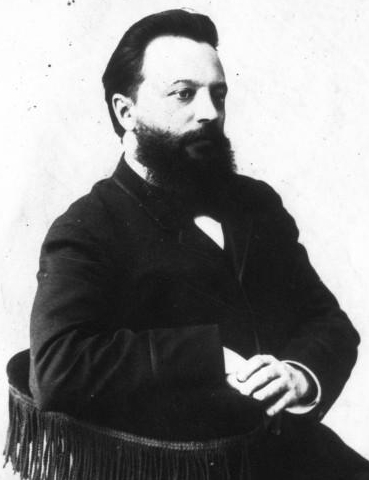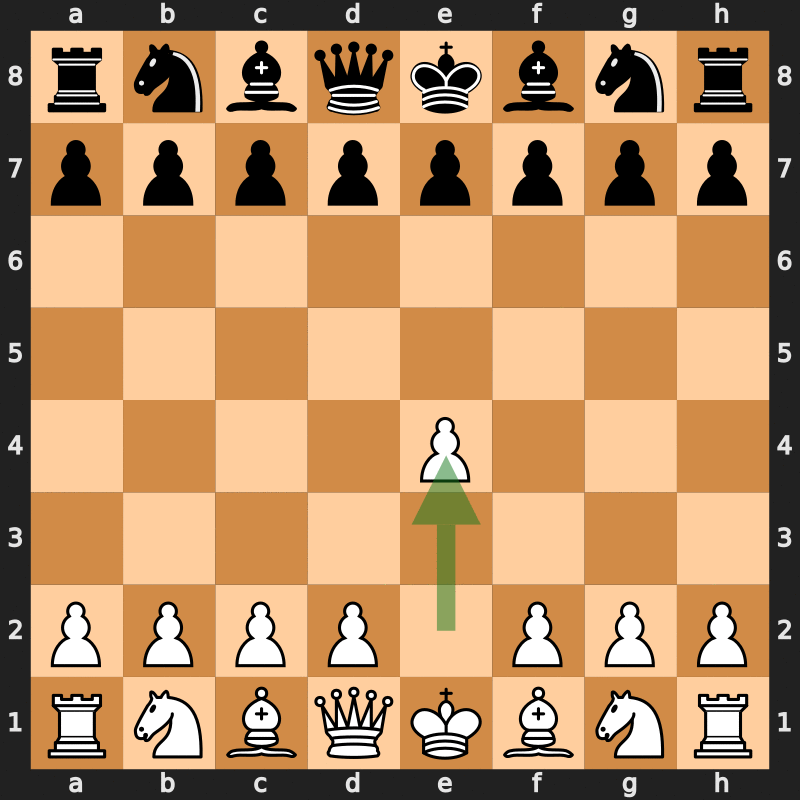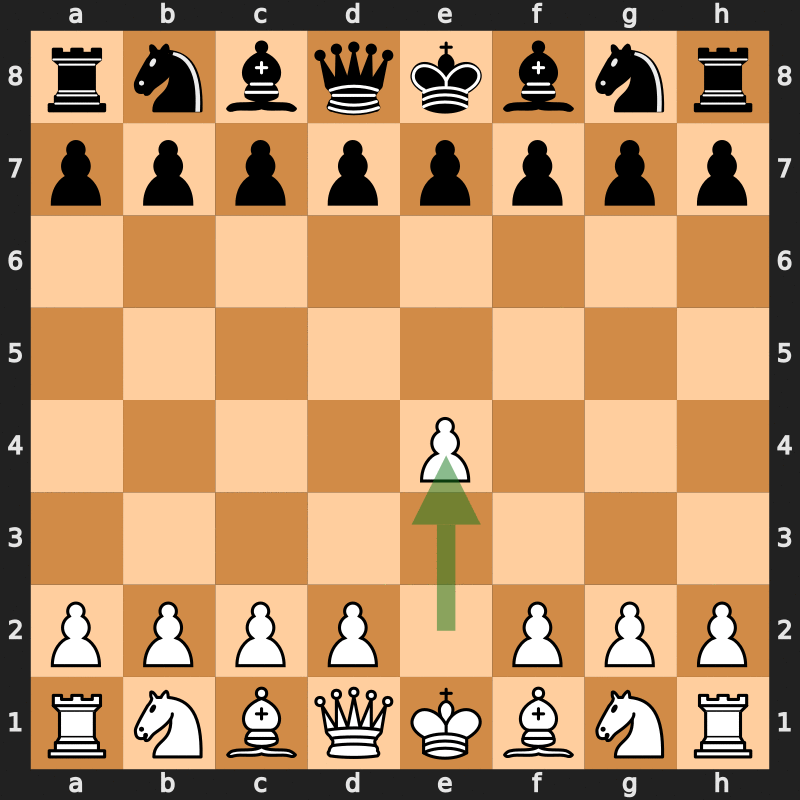|
List Of Chess Games
This is a list of notable chess games sorted chronologically. pre-1700 * 1475: Castellví– Vinyoles, Valencia 1475. The first documented chess game played with the modern queen and bishop moves; the moves were described in the poem Scachs d'amor. * 1623: Greco–NN, London 1623. Gioachino Greco mates on the eighth move with a queen sacrifice. 18th century * 1788: Bowdler–Conway, London. Thomas Bowdler offers the first example of a famous double rook sacrifice. * 1790: Smith–Philidor, London. François-André Danican Philidor, who was quoted as saying "Pawns are the soul of chess", demonstrates the power of a superior pawn formation. 19th century * 1834: La Bourdonnais–McDonnell, 50th Match Game, London. Reuben Fine in ''The World's Great Chess Games'' describes it as the first great immortal game of chess. McDonnell sacrifices his queen for two minor pieces. * 1834: La Bourdonnais–McDonnell, 62nd Match Game, London. Perhaps the most famous win of the match ( ... [...More Info...] [...Related Items...] OR: [Wikipedia] [Google] [Baidu] |
Chess
Chess is a board game for two players, called White and Black, each controlling an army of chess pieces in their color, with the objective to checkmate the opponent's king. It is sometimes called international chess or Western chess to distinguish it from related games, such as xiangqi (Chinese chess) and shogi (Japanese chess). The recorded history of chess goes back at least to the emergence of a similar game, chaturanga, in seventh-century India. The rules of chess as we know them today emerged in Europe at the end of the 15th century, with standardization and universal acceptance by the end of the 19th century. Today, chess is one of the world's most popular games, played by millions of people worldwide. Chess is an abstract strategy game that involves no hidden information and no use of dice or cards. It is played on a chessboard with 64 squares arranged in an eight-by-eight grid. At the start, each player controls sixteen pieces: one king, one queen, two rooks, ... [...More Info...] [...Related Items...] OR: [Wikipedia] [Google] [Baidu] |
Lionel Kieseritzky
Lionel Adalbert Bagration Felix Kieseritzky (russian: Лионель Адальберт Багратион Феликс Кизерицкий; – ) was a Baltic German chess master and theoretician, famous for his contributions to chess theory, as well for a game he lost against Adolf Anderssen, which because of its brilliance was named " The Immortal Game". Kieseritzky is the namesake of several openings and opening variations, such as the Kieseritzky Gambit, Kieseritzky attack, and the Boden–Kieseritzky Gambit. Early life Kieseritzky was born in Dorpat (now Tartu), Livonia, Russian Empire into a Baltic German family. From 1825 to 1829 he studied at the University of Dorpat, and then worked as a mathematics teacher, like Anderssen. From 1838 to 1839, he played a correspondence match against Carl Jaenisch – unfinished, because Kieseritzky had to leave for Paris. In Paris he became a chess professional, giving lessons or playing games for five francs an hour, and editing a ... [...More Info...] [...Related Items...] OR: [Wikipedia] [Google] [Baidu] |
Lasker - Bauer, Amsterdam, 1889
The chess game between Emanuel Lasker and Johann Bauer played in Amsterdam in 1889 is one of the most famous on account of Lasker's sacrifice of both bishops to eliminate the pawn cover around his opponent's king, winning material and the game. The same sacrificial pattern was echoed in a number of later games, notably Nimzowitsch– Tarrasch, St Petersburg 1914; Miles–Browne, Lucerne 1982; and Polgar– Karpov, Seventh Essent 2003. The game against Bauer was played at the beginning of Lasker's career in the first round of the 1889 Amsterdam tournament, Lasker's first high-level closed event. Lasker finished second with a 6/8 score, a point behind the winner Amos Burn, and ahead of James Mason and Isidor Gunsberg, among others. Bauer finished sixth of the nine participants with a score of 3½/8. A similar sacrifice occurred earlier in Burn–Owen, 1884, but in this case the sacrifice by John Owen was not correct and he lost the game. Nevertheless, it may have ... [...More Info...] [...Related Items...] OR: [Wikipedia] [Google] [Baidu] |
Mikhail Chigorin
Mikhail Ivanovich Chigorin (also ''Tchigorin''; russian: Михаи́л Ива́нович Чиго́рин; – ) was a Russian chess player. He played two World Championship matches against Wilhelm Steinitz, losing both times. The last great player of the Romantic chess style, he also served as a major source of inspiration for the " Soviet chess school", which dominated the chess world in the middle and latter parts of the 20th century. Chess career Chigorin was born in Gatchina but moved to nearby Saint Petersburg some time later. His father worked in the Okhtensk gunpowder works. Chigorin's parents died young and Chigorin entered the Gatchinsk Orphans' Institute at the age of 10. He became serious about chess uncommonly late in life; his schoolteacher taught him the moves at the age of 16, but he did not take to the game until around 1874, having first finished his studies before commencing a career as a government officer. Once smitten with the game, he terminated his em ... [...More Info...] [...Related Items...] OR: [Wikipedia] [Google] [Baidu] |
Philipp Meitner
Philipp Meitner (24 August 1839, Vienna – 9 December 1910, Vienna) was an Austrian lawyer and chess master. His most famous game was the " Immortal Draw" ( Carl Hamppe vs Philipp Meitner, Vienna 1872). He won at Vienna 1875, and won a match against Adolf Schwarz (6½–3½) at Vienna 1878. Meitner played in two strong international tournaments in the Vienna 1873 and Vienna 1882. He tied for 7–8th in the first tournament (Wilhelm Steinitz and Joseph Henry Blackburne won), and took 14th in the second one (Wilhelm Steinitz and Szymon Winawer won). He also tied for 8–9th at Vienna 1882 ( Vincenz Hruby won), took 8th at Vienna 1895 (Georg Marco won), took 4th at Vienna 1908 ( Richard Réti won), and tied for 6–7th at Vienna 1909/1910 ( Trebitsch Memorial, Réti won). Meitner studied at the Vienna Polytecnic, and William Steinitz was a fellow student. Philipp Meitner was the father of Dr. Lise Meitner. See also * List of chess games This is a list of notable chess game ... [...More Info...] [...Related Items...] OR: [Wikipedia] [Google] [Baidu] |
Carl Hamppe
Carl Hamppe (1814 in Switzerland – 17 May 1876, in Gersau, Canton of Schwyz) was a senior government official in Vienna as well as a Swiss-Austrian chess master and theoretician. He played matches with Johann Löwenthal (4 : 5) in 1846, Ernst Falkbeer (16 : 15) in 1850, and Daniel Harrwitz (2 : 5) in 1852 and (½ : 3½) in 1860. Hamppe twice won the Vienna championship (''Wiener Schachgesellschaft'') in 1859 and 1860, both times ahead of Wilhelm Steinitz. His most famous game was the " Immortal Draw" (Carl Hamppe vs. Philipp Meitner, Vienna 1872). He made contributions to the Vienna Game (1.e4 e5 2.Nc3), and two variations in the Vienna Gambit: Hamppe–Allgaier Gambit (1.e4 e5 2.Nc3 Nc6 3.f4 exf4 4.Nf3 g5 5.h4 g4 6.Ng5) and Hamppe–Muzio Gambit (1.e4 e5 2.Nc3 Nc6 3.f4 exf4 4.Nf3 g5 5.Bc4 g4 6.0-0 gxf3 7.Qxf3). See also * List of chess games This is a list of notable chess games sorted chronologically. pre-1700 * 1475: Castellví– Vinyoles, Valencia 1475. The f ... [...More Info...] [...Related Items...] OR: [Wikipedia] [Google] [Baidu] |
Immortal Draw
The Immortal Draw is a chess game played in 1872 in Vienna by Carl Hamppe and Philipp Meitner. This game is the main claim to fame of both Hamppe and Meitner, and has been reprinted widely. The variation of the Vienna Game it uses was named the ''Hamppe–Meitner Variation'' in honour of the two players. The game was played in the 19th-century Romantic style, in which rapid and attack were considered the most effective way to win, where many gambits and were offered (and not accepting them was considered slightly ungentlemanly), and where was often held in contempt. These games, with their rapid attacks and counterattacks, are often entertaining to review even if some of the moves would no longer be considered best by today's standards. In the game, Black sacrifices huge amounts of material to drive the white king from its and attempt to force checkmate, but White spectacularly manages to force a draw by perpetual check. The game itself has often been replayed as a prearran ... [...More Info...] [...Related Items...] OR: [Wikipedia] [Google] [Baidu] |
Wilhelm Steinitz
William Steinitz (born Wilhelm Steinitz; May 14, 1836 – August 12, 1900) was an Austrian and, later, American chess player. From 1886 to 1894, he was the first official World Chess Champion. He was also a highly influential writer and chess theoretician. When discussing chess history from the 1850s onwards, commentators have debated whether Steinitz could be effectively considered the champion from an earlier time, perhaps as early as 1866. Steinitz lost his title to Emanuel Lasker in 1894, and lost a rematch in 1896–97. Statistical rating systems give Steinitz a rather low ranking among world champions, mainly because he took several long breaks from competitive play. However, an analysis based on one of these rating systems shows that he was one of the most dominant players in the history of the game. Steinitz was unbeaten in match play for 32 years, from 1862 to 1894. Although Steinitz became "world number one" by winning in the all-out attacking style that was c ... [...More Info...] [...Related Items...] OR: [Wikipedia] [Google] [Baidu] |
Morphy Versus The Duke Of Brunswick And Count Isouard
The Opera Game was an 1858 chess game, played at an opera house in Paris. The American master Paul Morphy played against two strong amateurs: the German noble Karl II, Duke of Brunswick, and the French aristocrat Comte Isouard de Vauvenargues. It was played as a , with Duke Karl and Count Isouard jointly deciding each move for the black pieces, while Morphy controlled the white pieces by himself. The game was played in a box while an opera was performed on stage. Morphy quickly his opponents following rapid of , involving a queen sacrifice. It is among the most famous of chess games. The game is often used by chess instructors to teach the importance of piece development, the value of sacrifices in mating combinations, and other concepts. The game White: Paul Morphy Black: Duke of Brunswick and Count Isouard Opening: Philidor Defence ('' ECO'' C41) Paris, October/November 1858 1. e4 e5 2. Nf3 d6 :This is Philidor's Defence, named after François-André Danican Phi ... [...More Info...] [...Related Items...] OR: [Wikipedia] [Google] [Baidu] |
Paul Morphy
Paul Charles Morphy (June 22, 1837 – July 10, 1884) was an American chess player. He is considered to have been the greatest chess master of his era and is often considered the unofficial World Chess Champion. A chess prodigy, he was called "The Pride and Sorrow of Chess" because he had a brilliant chess career but retired from the game while still young. Commentators agree that he was far ahead of his time as a chess player, though there is disagreement on how his play ranks compared to modern players. Morphy was born in New Orleans to a wealthy and distinguished family. He learned to play chess by simply watching games between his father and uncle. His family soon recognized the boy's talent for the game and encouraged him to play at family gatherings, and by the age of nine he was considered to be one of the best players in the city. At just twelve years of age, Morphy defeated visiting Hungarian master Johann Löwenthal in a three-game match. After receiving his la ... [...More Info...] [...Related Items...] OR: [Wikipedia] [Google] [Baidu] |
Savielly Tartakower
Savielly Tartakower (also known as ''Xavier'' or ''Ksawery'' ''Tartakower'', less often ''Tartacover'' or ''Tartakover''; 21 February 1887 – 4 February 1956) was a Polish and French chess player. He was awarded the title of International Grandmaster in its inaugural year, 1950. Tartakower was also a leading chess journalist and author of the 1920s and 1930s. Early career Tartakower was born on 21 February 1887 in Rostov-on-Don, Russia, to Austrian citizens of Jewish origin. His father, a first-generation Christian, had him christened with the Latin form of his name, Sabelius.David Lovejoy (2008). ''Moral victories: the story of Savielly Tartakover'' (a historical novel), Echo Publications. ASIN: B0027P89DG. His parents were killed in a robbery in Rostov-on-Don in 1911. Tartakower stayed mainly in Austria. He graduated from the law faculties of universities in Geneva and Vienna. He spoke German and French. During his studies he became interested in chess and started attending c ... [...More Info...] [...Related Items...] OR: [Wikipedia] [Google] [Baidu] |
Evergreen Game
The Evergreen Game is a famous chess game won by Adolf Anderssen against Jean Dufresne in 1852. This was probably an . At the time, there was no formal title of "World Champion", but the German mathematics professor Anderssen was widely considered the best player in the world after winning the first major international chess tournament in London in 1851. Though not in the same class as Anderssen, Dufresne, a popular author of chess books, was also a strong player. It is usually assumed that the game was played in Berlin, where Dufresne lived and Anderssen often visited, but no details of the game's circumstances were given in the original publication in the September and October 1852 issues of ''Deutsche Schachzeitung''. Winter, Edward''Anderssen v Dufresne: The Evergreen Game''/ref> Anderssen, Adolf''Gespielte Partieen 450, Zwischen Anderssen und Dufresne'' ''Deutsche Schachzeitung'', September 1852 pages 338–39 & ''Schluss der Partie 450'', Oct 1852 page 383 Beginning with ... [...More Info...] [...Related Items...] OR: [Wikipedia] [Google] [Baidu] |






